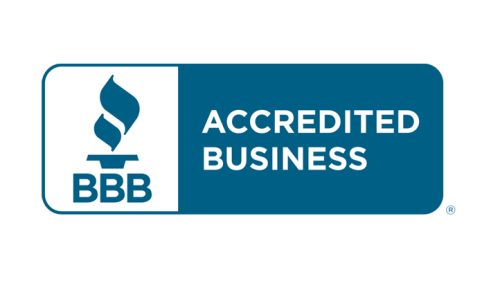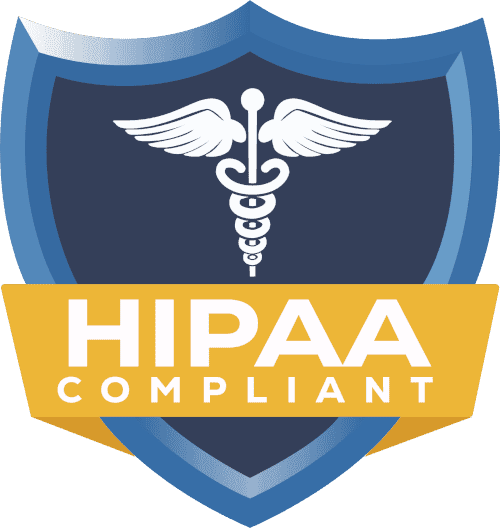Common CPT Codes for Wound Care Evaluation & Treatment (2025)

Introduction to CPT Coding for Wound Care
Wound care is indeed a specialized service where these concerns should be carefully addressed in treatment and billing. Proper Current Procedural Terminology (CPT) coding guarantees that providers get the rightful reimbursements and remain within the limits of the payer requirements, particularly Medicare.
When dealing with acute injuries, pressure ulcers, surgery wounds, or chronic non-healing wounds, the clinicians and coders have to ensure that they choose the right codes used in wound evaluation and treatment (CPT codes).
Billing errors may result in denials, late remittances, and compliance risks. This guide also includes the list of the most frequently used CPT codes associated with wound care in 2025, as well as documentation and billing information, which are based on the latest known Medicare and AMA CPT codes.
CPT Codes for Wound Evaluation
The assessment of the wound condition is usually done prior to treatment and during treatment alteration. Although no distinct CPT code specifically exists to evaluate the wound, wound evaluation is usually included in a separate Evaluation and Management (E/M) service (CPT codes 99202, 99215), depending on the acuity of the new patient, the established patient, or the level of complexity.
The therapists performing outpatient treatment can apply CPT 97597 or 97598, whereby they assess and start the application of selective debridement procedures.
It is imperative that the medical necessity of the evaluation comes with enough documentation. The wound should have measurements, staging or classification, the description of drainage, whether the wound is infected, and the plan of care by the provider. Modifier 25 is to be added when the treatment is performed in conjunction with a separately identifiable E/M service to prevent potential conflict with bundling.
CPT Codes for Wound Debridement and Cleaning
One of the most common wound care procedures is debridement, which entails the removal of devitalized tissue to facilitate a healthy wound healing process. The selection of code is based on the method ( selective vs non-selective), depth of the wound, and area involved. The most common codes of this category are:
- CPT 97597: Debridement by sampling, skin and subcutaneous tissue first 20 sq cm or less.
- CPT 97598: 20 sq cm increment of selective debridement.
- CPT 97602: Non-selective debridement; the most common was a wet-to-dry dressing, or enzymatic debridement.
- CPT 11042: Clearing the rudimentary layer of skin, epidermis, and dermis.
- CPT 11043: Debridement to the muscle level.
The clinical documentation that should be noted before correct coding includes wound location, a mention of depth, procedure, and the overall area covered. In others, one may need Modifier 59 or Modifier XU in case several wounds are performed on unrelated anatomic sites in a single visit.
CPT Codes for Dressing Changes and Negative Pressure Therapy
Daily dressing changes are typically non-separable billable, other than when they take place in special situations or as a component of a facility or home health service. However, complex drainage of wounds, which entails negative pressure therapy (NPWT) or vacuum-assisted closure (VAC) machines, is coded with:
- CPT 97605: NPWT on wounds, <=50 sq cm.
- CPT 97606: NPWT APPLIED in wound area over 50 sq cm.
- CPT 9760797608: In case of disposable NPWT, binary of incumbent wound size and location of the wound.
In wound VAC or NPWT billing, the provider should maintain a record of the kind of device, the time of application, and the necessity of the care as per the nature of the wound. Some services may require pre-authorization or be subject to payer-specific guidelines, particularly when Medicare is involved as a payer or when commercial plans are involved.
CPT Codes for Advanced Wound Treatment (e.g., skin grafts, NPWT)
The most advanced wound care services, including biologic skin replacements, grafts, and cellular therapies, are charged with exclusive CPT and HCPCS Level II codes. Examples include:
- CPT 1527115278: Skin substitute grafts by site, and by size of wound.
- HCPCS Q4100-Q4199: To report selected skin substitute products.
- CPT 15330-15336: In epidermal autografts or composite grafts, tissue-cultured.
The necessity to use advanced treatment should be properly documented; it should contain information about product names, graft sizes, and places where the wound is situated, and meet the requirements of specific payers. Medicare, Medicaid, and private insurance payments may be vastly different.
Medicare Billing Guidelines for Wound Care
Medicare policies governing wound care billing are quite strict and detailed. It states the limitations of coverage of frequency, place of service, as well as medical necessity. Take CPT 97597: the reimbursement can be made only once within seven days at a single site of wound, except on demonstration of a significant change or deterioration. CMS has further given the providers the responsibility to record the level of pressure ulcers, application of certified personnel, and evidence with respect to the necessity of sustained wound care during the follow-up services.
Besides, the interpretation of Local Coverage Determinations (LCDs) and National Coverage Determinations (NCDs) issued by Medicare Administrative Contractors (MACs) must be continuously reviewed to know regional payer disparities. Non-adherence to these guidelines may lead to audits, denials of payment, and compliance restrictions.
Documentation Tips for Accurate Coding
Adequate and proper documentation is the key to successful and compliant covered billing of wounds. Notes should contain the wound measures (length, width, depth), in situ, strain drainage, evidence of infection, and clinical justification of the debridement or advanced treatments. Any CPT code applied should have relevant documentation.
Coders are expected to match coding indicators such as progress notes, coding sheets, and billings. On the E/M codes, the medical necessity of an individual charge must be provided based on a separate diagnosis or a condition when a treatment code is billed. Claims can also be reinforced by inserting a photo of the wound or mentioning staging systems (e.g., Wagner, NPUAP).
Common Mistakes in Wound Care Billing
The most popular billing mistake implies choosing an improper CPT code due to the depth of a wound or its area. As such, it would be inappropriate to bill CPT 11042 in case of superficial debridement (which might be denied as well). Likewise, the absence of the application of Modifier 25 or 59 where the appropriate use is listed may lead to rejection of bundled claims.
Another typical mistake is billing for dressing changes using the CPT code without documentation standards. Inquire on a regular basis whether global surgical packages include routine services or not, because this varies according to payers.
Claiming NPWT services using incorrect documentation of wound measures or applying obsolete CPT codes can also be considered triggers of the payer audits. Coders should ensure that they stay up to date with any annual updates released by AMA and CMS.
Conclusion: Ensure Accurate Wound Care Coding to Improve Reimbursement
Wound care billing is becoming very complex, and for proper use, a very detailed understanding of CPT code choice, specifics of payers, and documentation requisites is essential.
The act of remaining in compliance with Medicare guidelines and the correct use of codes such as 97597, 97602, and 11042 will not only keep one in the right amounts of reimbursement, but they will also be less likely to be denied and face a greater threat of being audited.
Medical coders and wound care providers ought to keep up with yearly revisions, see what each payer will, and refine and utilize internal auditing structures to spot and repair documentation gaps before claims are submitted.
FAQs About CPT Coding for Wound Care
What are the most common CPT codes used in wound care?
Whether it is debridement or a type of therapy, common codes are CPT 97597, 97598, 97602, 97605-97608, and 11042-11043. Depending on circumstances, evaluation services are also often coded under E/M.
What is the billing process for wound debridement?
Charges for wound debriding are according to depth, approach (selective as opposed to non-selective), and area. Code with 97597-CPT number in case of selective process and 97602-CPT number in case of non-selective process. Greater debridement of muscle or bone tissue needs 11043 or 11044.
How does CPT 97597 differ from 97602?
The process of 97597 is applicable to instrument debridement, selective, and 97602 applies to non-selective debridement, such as wet-to-dry dressing or hydrotherapy. The selective procedures are more accurate and are normally reimbursed at increased rates.
Is it possible to bill more than one code of wound care in a single day?
Yes, however, separate sites or radically different procedures require documentation. Certain modifiers needed to unbundle services properly include 59 or XU.
Does chronic wound management have particular CPT codes?
Yes, it is the chronic wound treatment that will use the codes 97597 and 97598. It is true that the skin substitute graft code 15271. It totally depends on the complexity of the treatment needed. Medical necessity should also be well-documented in chronic wound assessments.

















